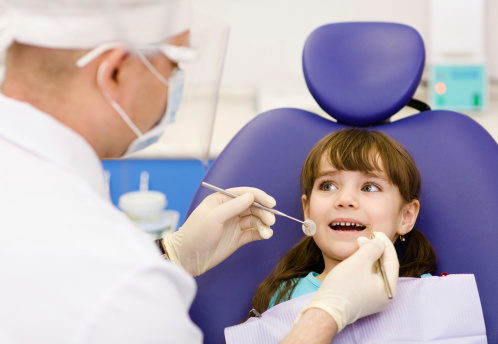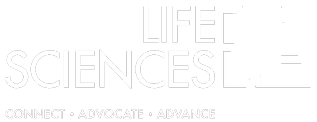 By Josie Martinez, Senior Partner and General Counsel
By Josie Martinez, Senior Partner and General Counsel
EBS Capstone
As of January 1, 2014, the Patient Protection and Affordable Care Act (PPACA) requires pediatric dental benefits to be one of the 10 essential health benefits (EHB) that must be included in individual and small group medical coverage, as well as coverage offered through the Exchanges.
The EHB dental benefit applies to children ages 0-18. It is estimated that as many as 5.3 million additional children will receive dental coverage as a result of PPACA. The services covered may include preventive and diagnostic services, basic and major restorative services. It also applies to “medically necessary” orthodontic services. Since “medically necessary” is subject to interpretation, prior authorization is recommended as there are pre-treatment requirements. The expectation is that pediatric dental procedures covered will be fairly similar to those covered today under separate commercial plans. Specific coverage provisions, however, are a state-by-state determination because each state has its own EHB packages [obviously guided by the Department of Health and Human Services (HHS)]. Therefore, a state could choose to only cover semi-annual preventative visits with x-rays and sealants. Some states will include orthodontia; others may not.
Historically, the vast majority of dental benefits have been sold under a dental policy separate from medical. At a federally run Exchange, consumers will continue to have the option to purchase stand-alone dental coverage for themselves and dependents over 18. However, under the new rules outside the Exchanges, ALL medical policies offered to consumers in the individual and small group markets MUST include pediatric dental benefits.
Employers and employees that have pre-existing medical and dental insurance plans are finding this confusing… there may be duplication of dental coverage for children under 18 as of 2014 for employees that have both stand-alone dental coverage and medical coverage.
Which coverage applies? Who is covered? When should I use my dental plan? In most cases, the medical plan coverage will be primary to any additional dental policy that applies. So, when a child under 18 visits the dentist now, the employee should be directed to show the medical plan ID card in addition to any dental plan coverage. If the medical plan includes pediatric dental coverage, the member may not need to take any additional action to process the claim.
To avoid duplication of premiums, employees can drop their children from their separate dental plans. However, before doing so, they should be advised to consider 1) the network of dentists and 2) the scope of services. Depending on the network size and scope of services provided by the medical plan, employees may want to keep supplemental dental coverage to ensure more comprehensive benefits.





